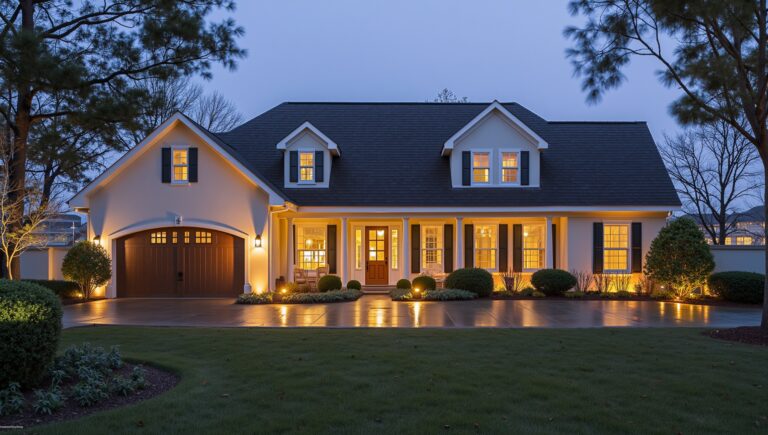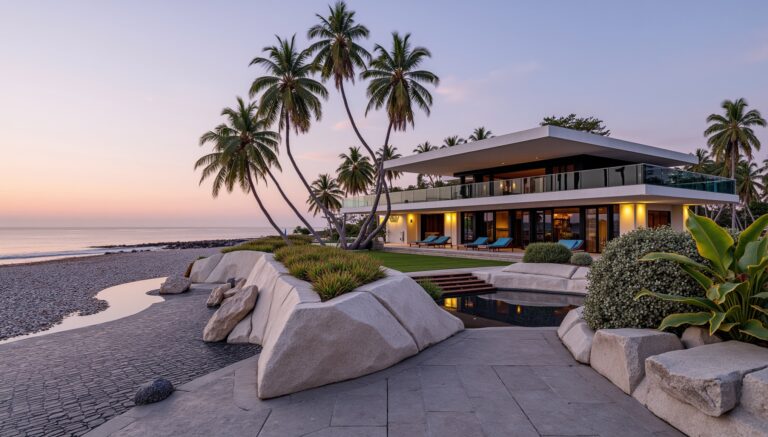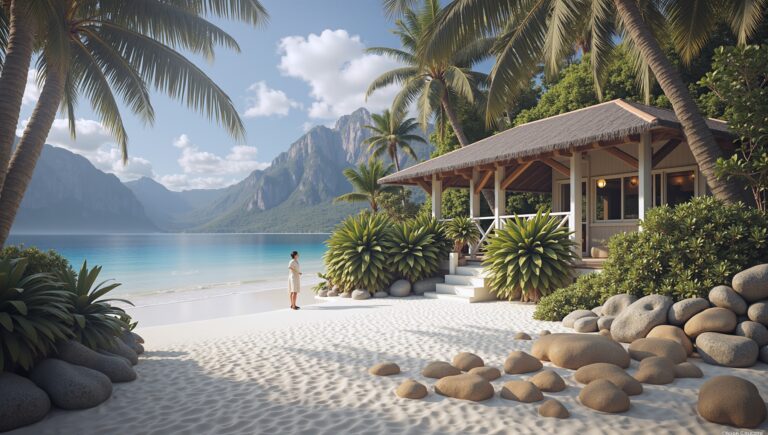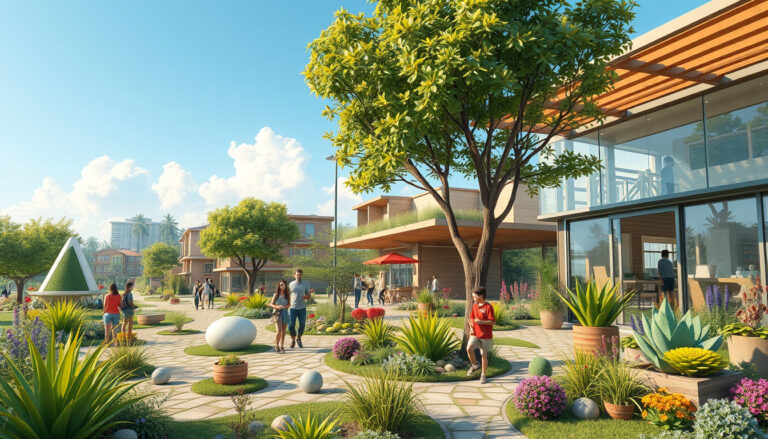In recent years, the allure of conservation area homes has captivated potential homeowners who cherish history, character, and community spirit.
These residences, nestled within designated conservation areas, offer a unique opportunity to blend timeless heritage with modern living.
Whether you are a first-time buyer or seeking a charming retreat, conservation areas provide a distinctive lifestyle enriched by architectural beauty and community values.
In this article, we will delve into the essence of conservation area homes, explore their architectural significance, outline the benefits of residing in these unique locations, and guide you through the purchasing process for one of these remarkable properties.
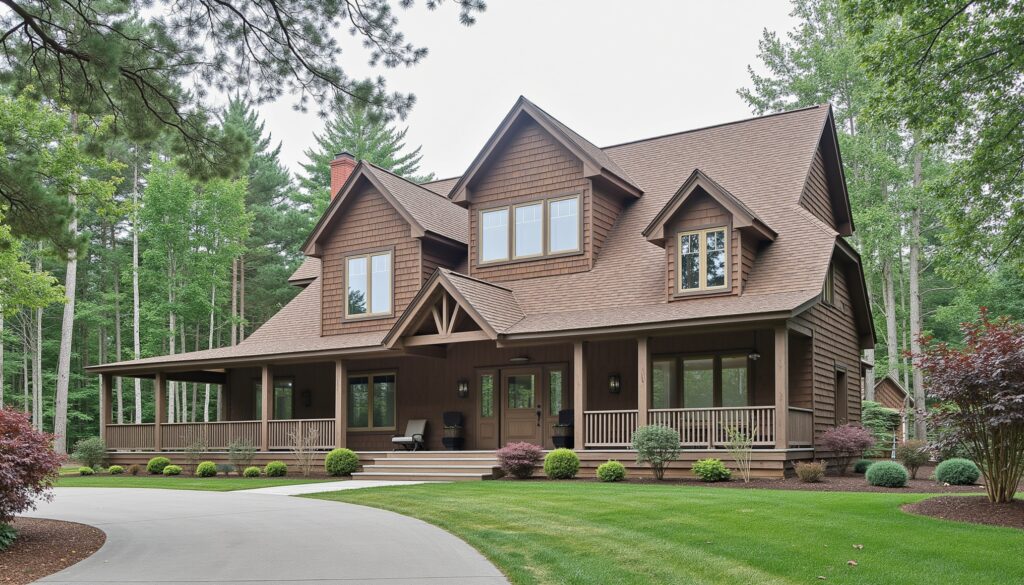
Key Takeaways
- Conservation areas are designated to preserve the historical and architectural significance of neighborhoods.
- Homes in conservation areas feature unique architecture that reflects their heritage and adds character.
- Living in a conservation area comes with benefits such as community identity and inherent aesthetic appeal.
- Modern amenities can seamlessly blend with historical features, enhancing the comfort of conservation area homes.
- Homeowners must navigate specific regulations and challenges when purchasing and maintaining a conservation area home.
Understanding Conservation Areas: Definition and Purpose
Conservation areas are designated zones that aim to protect and enhance the character and appearance of a particular location, often valued for its historical significance or natural beauty.
In the context of real estate, particularly for prospective buyers interested in conservation area homes, these zones offer a unique opportunity to invest in properties that not only hold aesthetic value but also contribute to the preservation of the environment and cultural heritage.
The primary purpose of conservation areas is to prevent inappropriate development and to encourage thoughtful management of the landscape.
This means that homes in these areas may be subject to stricter planning regulations to maintain their historical integrity and minimize ecological impact.
By residing in conservation areas, homeowners can enjoy a sense of community, beautiful surroundings, and the satisfaction of knowing they are part of preserving the area’s charm for future generations.
The Unique Architecture of Conservation Area Homes
When exploring the charm of Costa Rica real estate, one cannot overlook the unique architecture of conservation area homes.
Nestled amidst lush rainforests and breathtaking landscapes, these homes beautifully reflect the country’s commitment to sustainability and environmental stewardship.
Characterized by their use of local materials and incorporation of natural elements, conservation area homes combine traditional designs with modern eco-friendly technologies.
Many feature expansive windows that allow for ample natural light while providing stunning views of the surrounding nature.
Furthermore, these homes often include green roofs, rainwater harvesting systems, and energy-efficient installations, promoting a harmonious coexistence with the environment.
Investing in conservation area homes not only provides an opportunity to own a piece of Costa Rican paradise but also supports the nation’s efforts to protect its rich biodiversity.
‘Preservation of one’s own culture does not require contempt or disrespect for other cultures.’ – Cesar Chavez
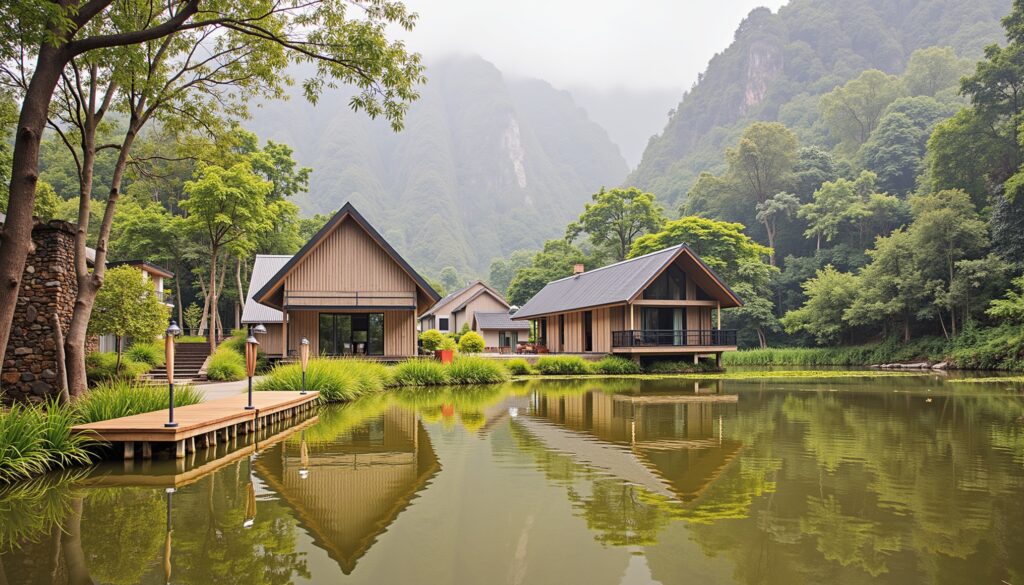
Benefits of Living in a Conservation Area
Living in conservation area homes offers a unique blend of natural beauty, environmental sustainability, and community spirit.
One of the primary benefits is the tranquility that comes from residing in areas prioritized for conservation, where lush green spaces, beautiful landscapes, and diverse wildlife abound.
These neighborhoods often have stringent building regulations that preserve the character and integrity of the community, ensuring that residents enjoy an aesthetically pleasing environment free from overdevelopment.
Additionally, conservation areas often foster a strong sense of community, as residents share a common commitment to protecting their surroundings and participate in local conservation efforts.
Beyond the immediate environmental benefits, owning property in a conservation area can also be a wise investment; homes in these desirable locations tend to retain their value better than those in less protected areas, making them not only a serene place to live but also a smart financial choice.
Modern Amenities in Historical Homes
Costa Rica real estate offers a unique blend of traditional charm and modern conveniences, particularly when it comes to conservation area homes.
These properties are not only beautifully preserved examples of historical architecture, but they are also equipped with modern amenities that cater to today’s lifestyle.
Imagine living in a home with classic colonial designs, high ceilings, and stunning wooden beams while enjoying the comfort of updated kitchens, luxurious bathrooms, and energy-efficient systems.
In urban areas like San José and larger towns such as Atenas, you can find conservation area homes that maintain the essence of Costa Rica’s rich history while providing contemporary comforts.
This fusion of old and new makes investing in conservation area homes an attractive option for both locals and expatriates seeking a piece of Costa Rican heritage integrated with the conveniences of modern living.
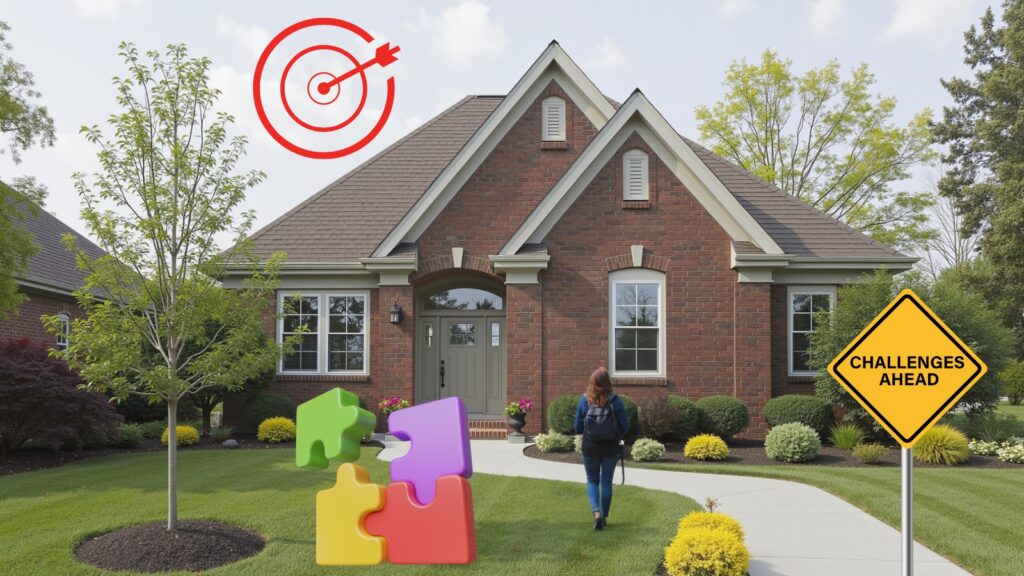
Challenges and Considerations for Homeowners
When exploring the landscape of Costa Rica real estate, particularly in relation to conservation area homes, homeowners must navigate a myriad of challenges and considerations that can influence their property investment.
One of the primary challenges is understanding the local regulations regarding conservation areas, which are areas designated to protect the environment and biodiversity.
Buyers must ensure that their intended use of the property complies with environmental laws, which can be stringent in these regions.
Additionally, conservation area homes may come with restrictions on development and modifications, impacting renovation plans and the overall usability of the property.
Furthermore, homeowners should be prepared for potential issues with infrastructure, such as limited access to utilities or roads that may not meet the same standards as urban areas.
As such, it’s essential for prospective buyers to engage with knowledgeable real estate agents who specialize in Costa Rica’s unique market dynamics to navigate these complexities effectively.
Ultimately, while conservation area homes offer a unique lifestyle immersed in nature, they require careful consideration of both regulatory and practical implications.
How to Buy a Conservation Area Home
If you’re considering a property investment in Costa Rica, particularly in a conservation area, it’s essential to understand the unique aspects of buying conservation area homes.
These homes are often located in environmentally protected regions, offering stunning natural backdrops, wildlife, and a commitment to sustainability.
To buy a conservation area home, start by researching the specific laws and regulations that govern land use and development in these areas.
Engaging a local real estate agent who specializes in conservation properties can provide invaluable insights into available listings and the local market trends.
Additionally, it’s vital to conduct thorough due diligence, ensuring that the property adheres to conservation policies and has the necessary permits.
Understanding the financial aspects, such as taxes and maintenance of these eco-friendly homes, will further prepare you for a successful purchase.
By following these steps, you’ll be well on your way to owning a piece of Costa Rica’s breathtaking natural environment.
Frequently Asked Questions
What is a conservation area?
A conservation area is a designated zone where the local government aims to protect and enhance the character and appearance of the environment.
This includes historic buildings and areas with special architectural or historic interest.
What are the architectural features of conservation area homes?
Conservation area homes often feature unique architectural styles that reflect the historical period they were built in, such as Victorian, Edwardian, or Georgian designs, which may include original woodwork, stained glass, and period detailing.
What are the benefits of living in a conservation area?
Living in a conservation area offers a combination of aesthetic appeal, a strong sense of community, typically lower crime rates, and potential for property value appreciation due to the area’s protected status.
Can I modernize a conservation area home?
Yes, homeowners can modernize conservation area homes.
However, any alterations or renovations must be sensitive to the home’s historical character and may require planning permission to ensure compliance with local conservation guidelines.
What should I consider before buying a conservation area home?
Before purchasing a conservation area home, consider the restrictions on modifications, the costs associated with maintaining historical features, and the potential for increased property value due to its location in a protected area.
